In horizontal directional drilling projects, complex formations such as rock layers and gravel layers pose severe challenges to equipment. Among them, the performance of drill pipes directly determines construction efficiency and safety. High-strength drill pipes, as core components, have become the key to breaking through complex stratum barriers.
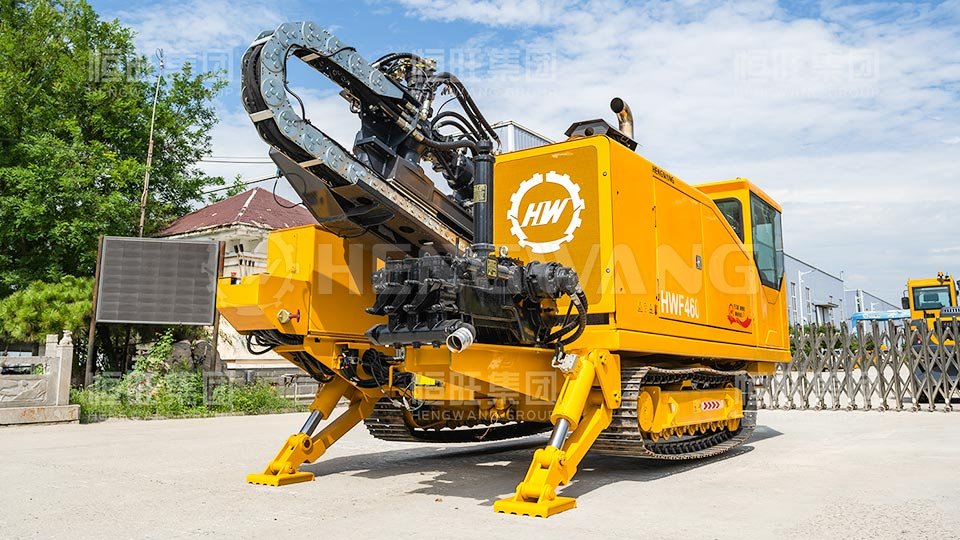
Challenge 1: High Loads in Complex Formations Demand Stronger Bearing Capacity
Rock layers and gravel layers have high hardness and strong friction. During drilling, the drill pipe needs to withstand huge torque and thrust. Ordinary drill pipes are prone to deformation or even fracture under long-term high loads, leading to construction interruptions. High-strength drill pipes solve this problem with their superior material performance. Made of high-quality alloy steel, they have higher tensile strength and impact toughness, enabling them to stably bear the high torque generated when breaking through rock layers and the thrust required for forward propulsion. In complex formations, high-strength drill pipes ensure continuous transmission of power, avoiding construction delays caused by drill pipe damage. ##
Challenge 2: Reducing Sticking Accidents Relies on Wear Resistance of High-Strength Drill Pipes
Sticking accidents are common in complex formations. Gravel and rock fragments in the stratum can continuously wear and scrape the drill pipe. If the drill pipe wear resistance is insufficient, it may cause local thinning or cracks, leading to stuck pipes or even pipe breakage. High-strength drill pipes not only have strong bearing capacity but also excellent wear resistance. Their surface treatment and material selection reduce wear caused by friction with gravel and rock, maintaining the integrity of the drill pipe structure. This stability minimizes the risk of sticking, ensuring smooth drilling and reducing the cost of accident handling and equipment maintenance.
Why High-Strength Drill Pipes Are Indispensable for Efficiency
In complex formations, construction efficiency depends largely on the reliability of the drill pipe. Ordinary drill pipes require frequent replacement due to damage, resulting in long downtime. High-strength drill pipes have a longer service life, reducing the number of replacements and improving continuous operation time. Moreover, high-strength drill pipes can adapt to higher drilling speeds and pressures, matching the power output of the horizontal directional drill. This coordination between high-strength drill pipes and the equipment’s power system enables faster penetration of complex formations, directly increasing construction efficiency.
Hengwang Group HWF460 Horizontal Directional Drill: Equipped with High-Strength Drill Pipes for Complex Formations
For complex formation construction, Hengwang HWF460 horizontal directional drillstands out with its high-strength drill pipe configuration. It comes standard with φ83×3m high-strength drill pipes and offers an optional upgrade to φ89×3m high-strength drill pipes, both designed to withstand high loads and wear in rock layers and gravel layers. Paired with a 177kW Cummins engine and an advanced hydraulic system, the high-strength drill pipes of HWF460 ensure stable power transmission, reducing sticking accidents. The rack-and-pinion push-pull system further enhances the coordination between the high-strength drill pipes and the equipment, improving drilling accuracy and efficiency.
With reliable high-strength drill pipes, HWF460 provides strong support for smooth construction in complex formations. Whether dealing with rock layers or gravel layers, choosing horizontal directional drills equipped with high-strength drill pipes is the key to ensuring construction safety and efficiency. Hengwang HWF460, with its high-strength drill pipe advantages, is a trustworthy choice for complex formation projects.
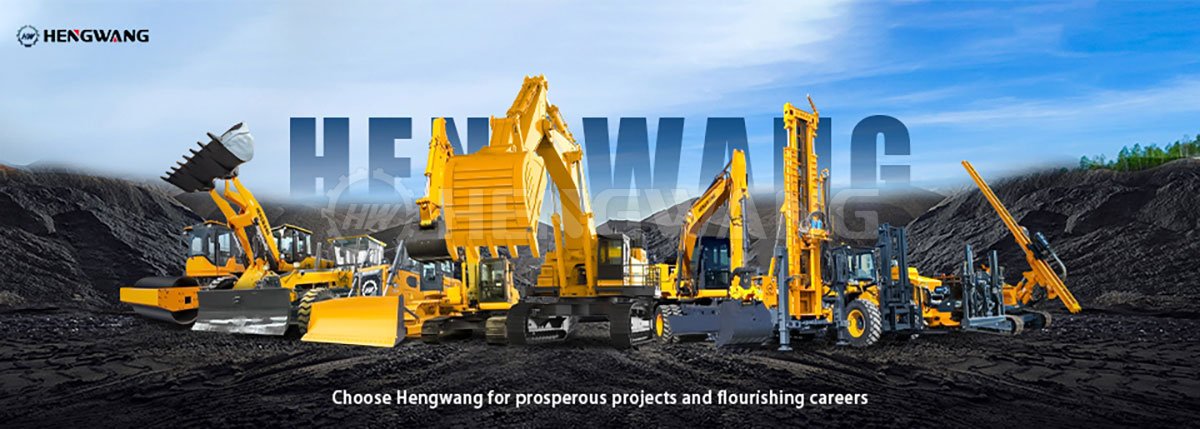
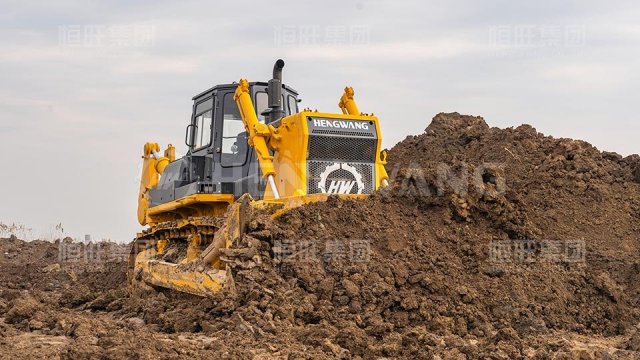 Road Leveling Bulldozer: The Core Guarantee for Efficient Road Construction
Road Leveling Bulldozer: The Core Guarantee for Efficient Road Construction
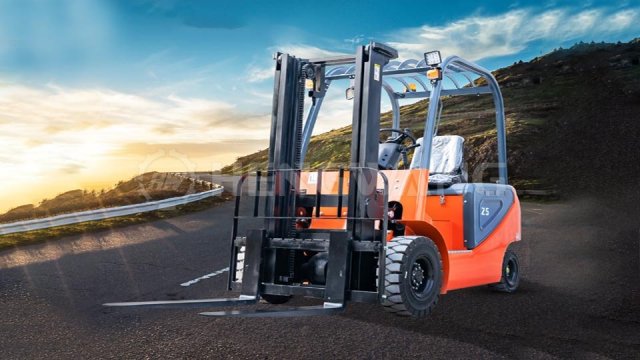 Off-Road Forklifts_ A Powerful Assistant for Complex Field Operations
Off-Road Forklifts_ A Powerful Assistant for Complex Field Operations
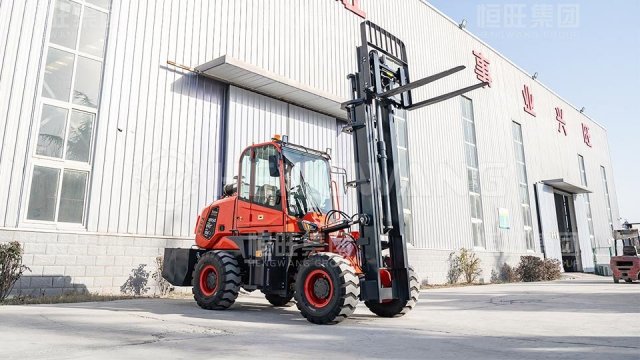 High-Load Off-Road Forklift: A Powerful Tool for Heavy-Duty Operations in Complex Environments
High-Load Off-Road Forklift: A Powerful Tool for Heavy-Duty Operations in Complex Environments